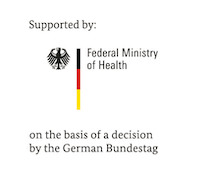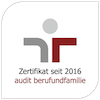Life cycle of Strongyloides ratti
Infective S. ratti third stage larvae (L3) live in the free world, actively penetrate the skin of their rodent host and migrate within 2 days via the tissue to the head. L3 are swallowed, moult via a 4th larval stage to parasitic adults and embed into the mucosa of the small intestine by day 5 post infection. The parasitic adults reproduce by parthenogenesis. Eggs as well as hatched first stage larvae (L1) reach the free world with the faeces by day 6 and may either directly develop into infective L3 or introduce one free-living generation that displays sexual reproduction.
egg with 1st stage larvae
infective 3rd stage larvae
parasitic female
free living female with offspring
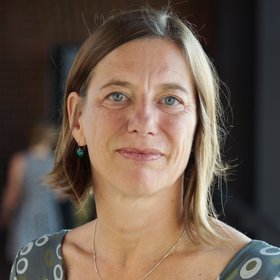
Prof. Dr Minka Breloer
phone: +49 40 285380-830
fax: +49 40 285380-400
email: breloer@bnitm.de


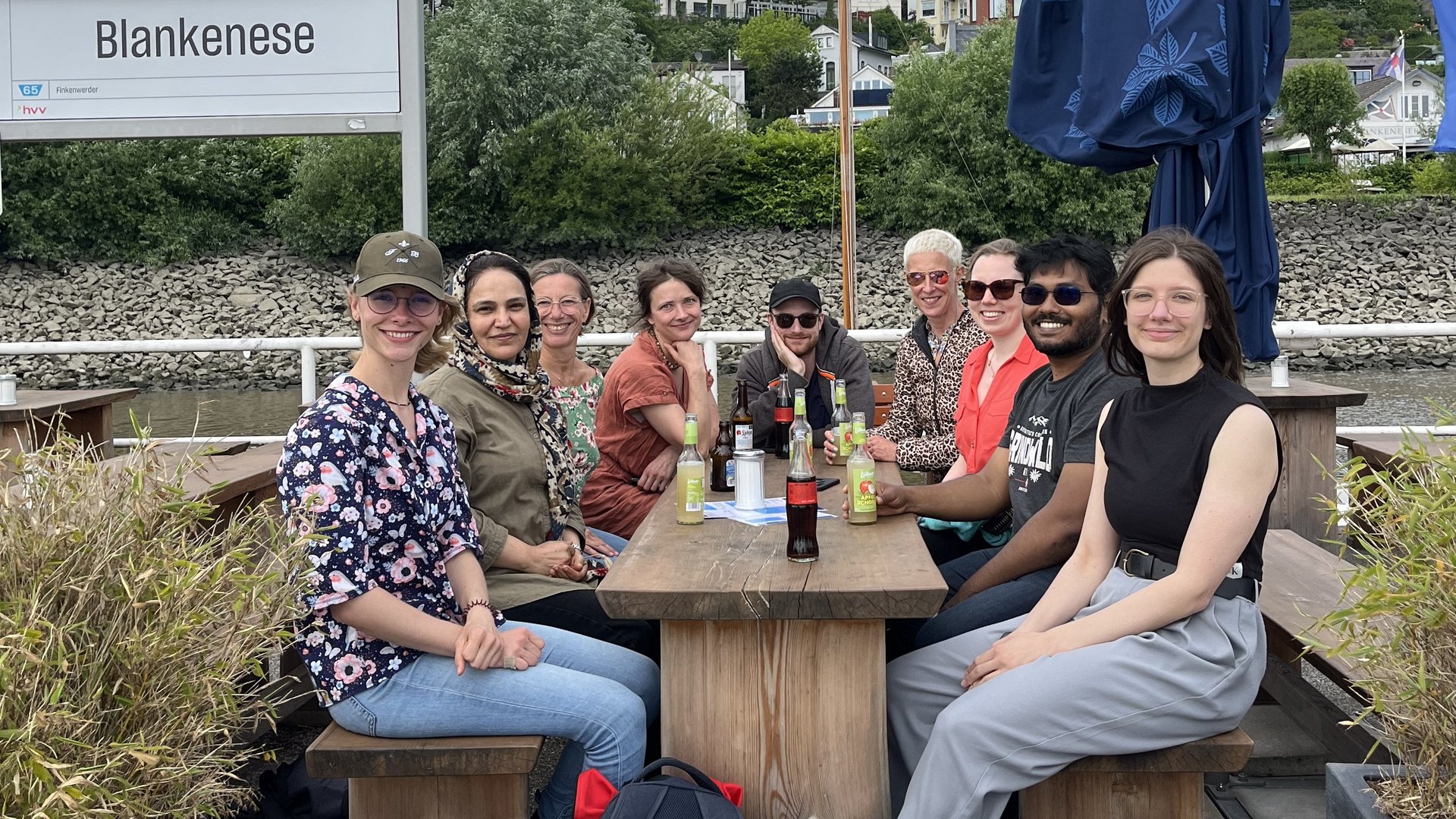
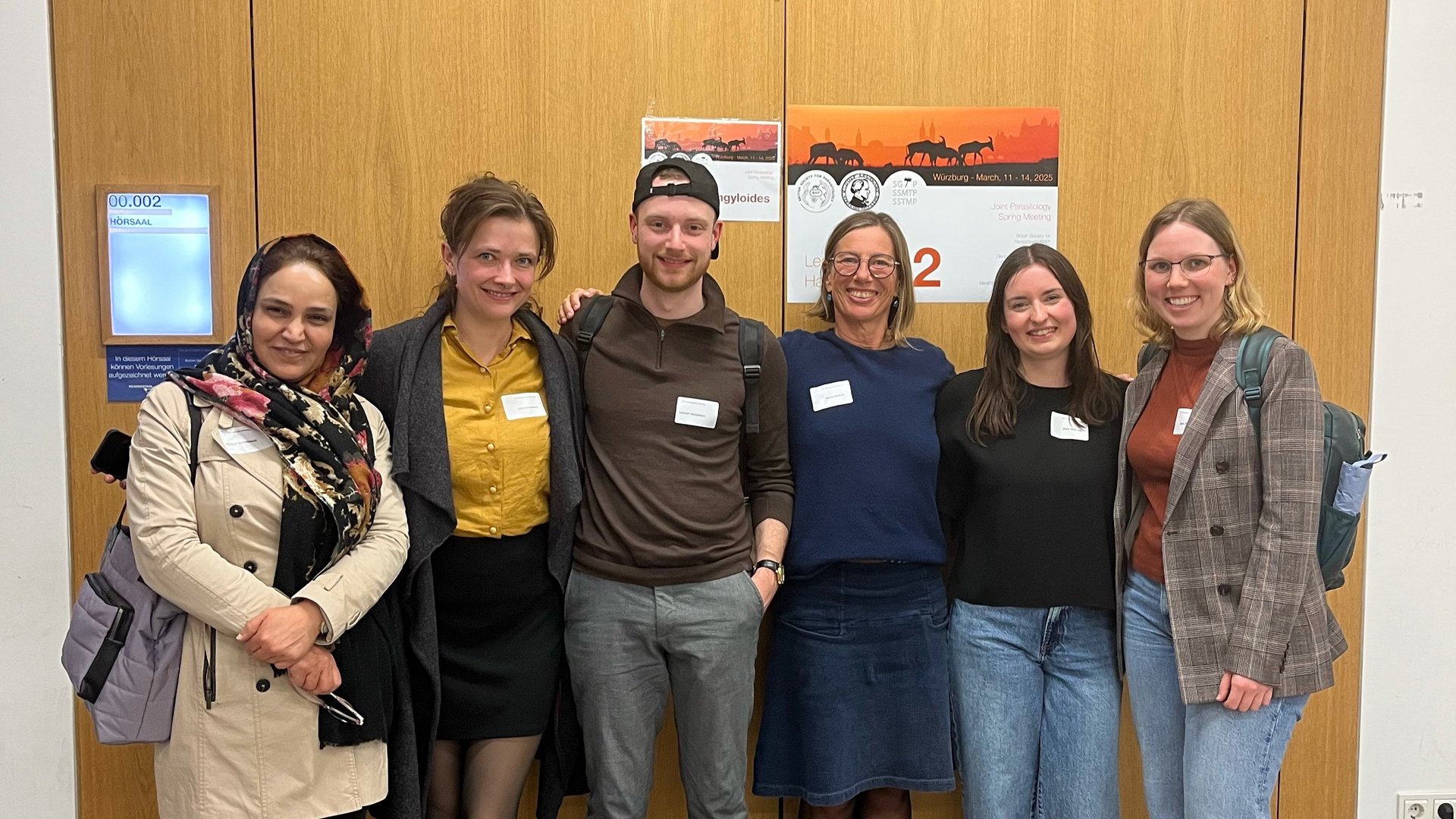
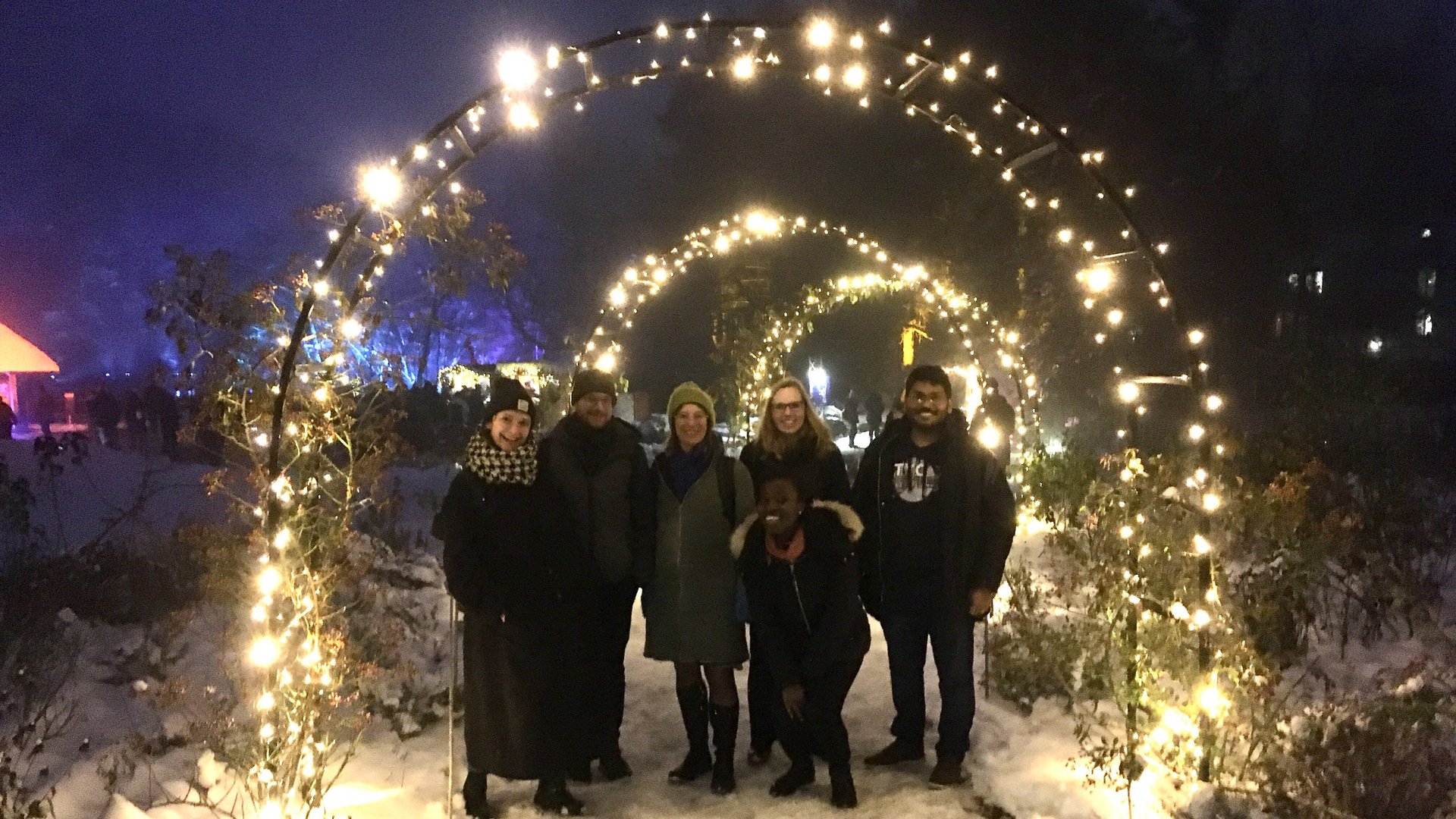
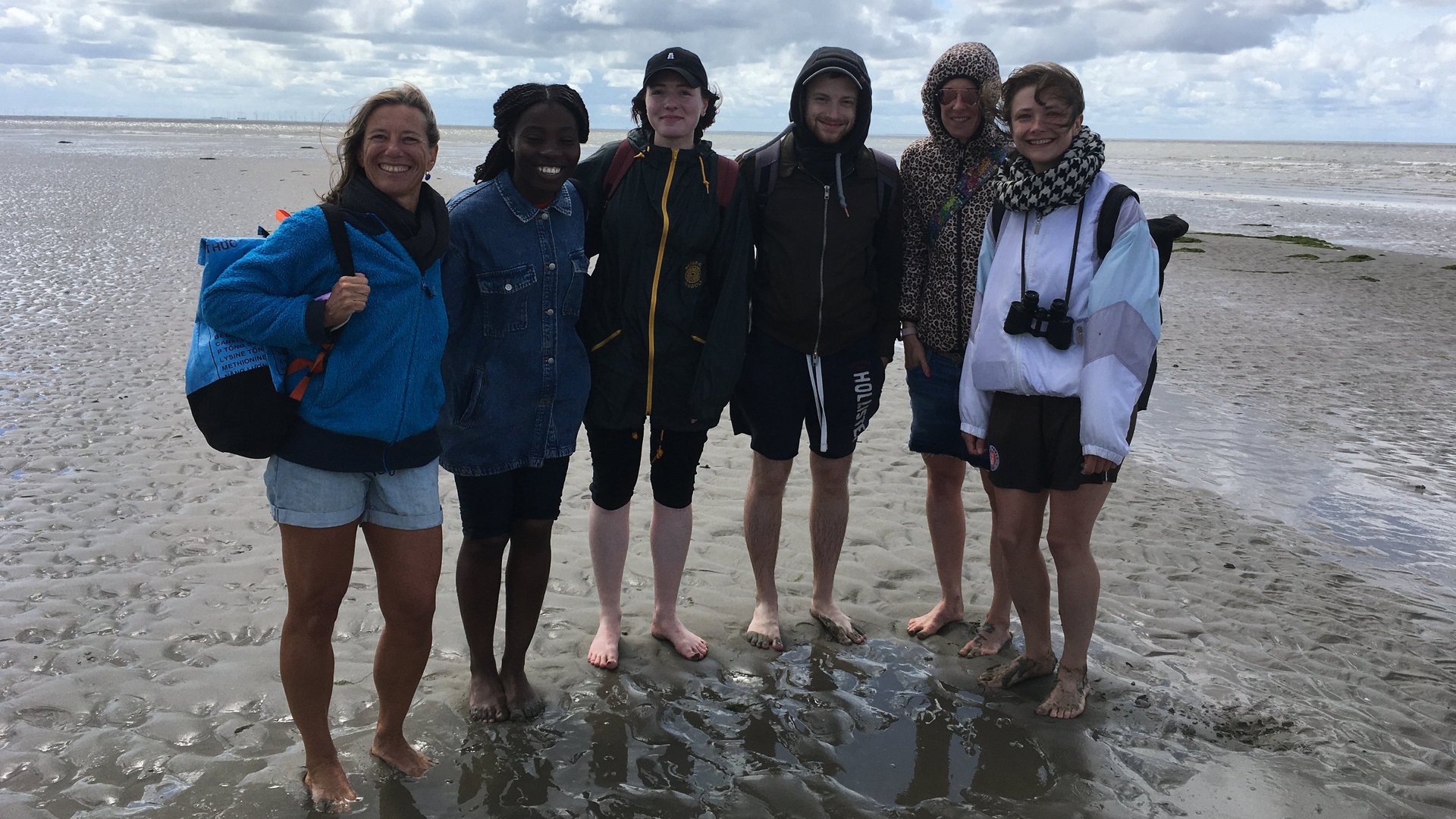
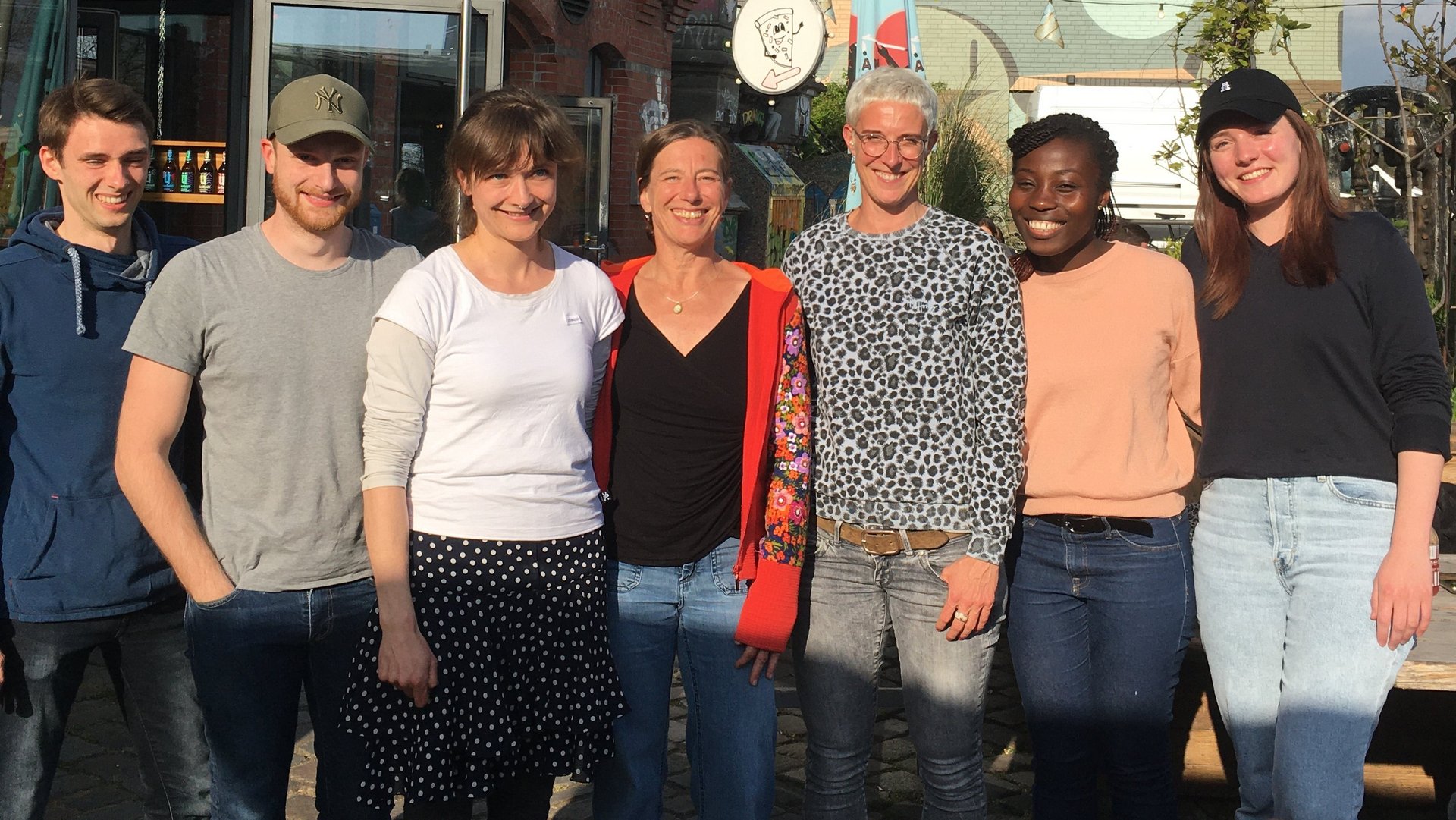
![[Translate to English:] [Translate to English:] Logo Joachim Herz Stiftung](/fileadmin/media/Allgemeines_und_Platzhalter/Logo/Logo_Joachim_Herz_Stiftung.jpg)
![[Translate to English:] [Translate to English:] Logo DFG](/fileadmin/media/Allgemeines_und_Platzhalter/Logo/Logo_DFG.png)
![[Translate to English:] [Translate to English:] Logo LCI](/fileadmin/media/Allgemeines_und_Platzhalter/Logo/LCI_Logo_JPG.jpg)
![[Translate to English:] [Translate to English:] Logo_Alexander_von_Humboldt_Stiftung](/fileadmin/media/Allgemeines_und_Platzhalter/Logo/Logo_Alexander_von_Humboldt_Stiftung.png)
![[Translate to English:] [Translate to English:] Logo of Manchot](/fileadmin/media/Allgemeines_und_Platzhalter/Logo/manchot.jpg)
